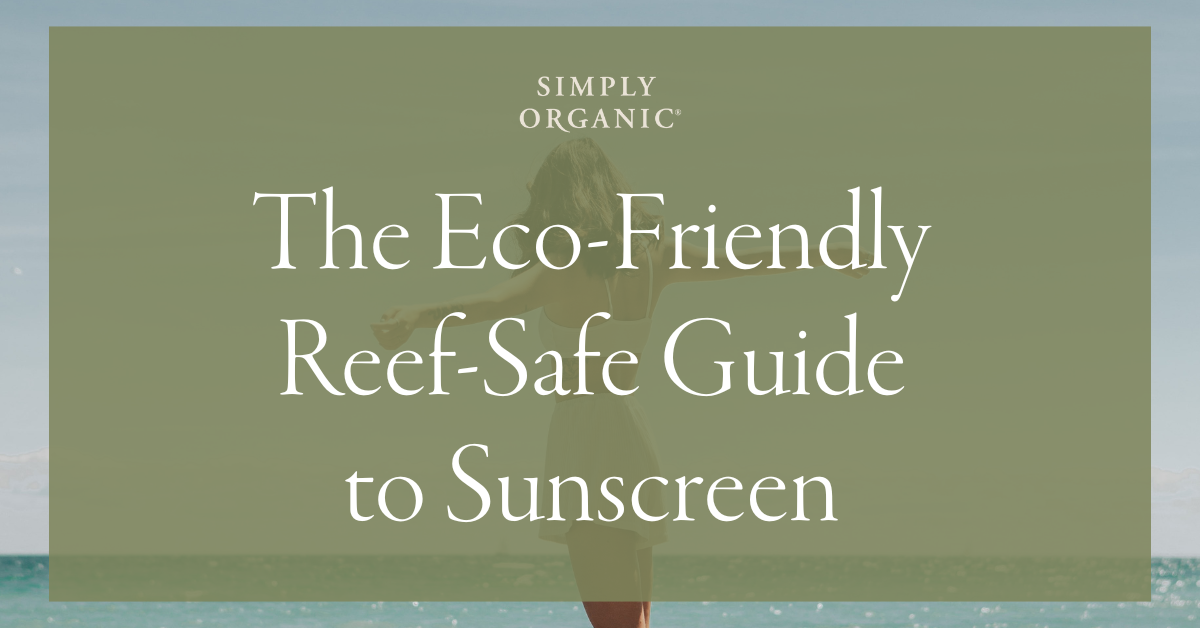
The If you’re planning a beach day or heading out for some fun in the sun, you’re going to need sunscreen. But did you know that some of the chemicals in traditional sunscreens can harm our oceans’ reefs? That’s why it’s important to choose an eco-friendly and reef-safe sunscreen. In this guide, we’ll explain what chemicals to avoid and give you some recommendations for keeping our oceans and wildlife safe.
Chemicals to Avoid
The two main chemicals to avoid in sunscreen are oxybenzone and octinoxate. These chemicals can bleach coral reefs and disrupt their reproduction, leading to a decline in the health and abundance of our oceans’ reefs. Even small amounts of these chemicals can be harmful to coral, so it’s best to avoid them altogether.
Other chemicals to be aware of include avobenzone, octocrylene, and homosalate, which can also have negative effects on coral reefs. While these chemicals are not as harmful as oxybenzone and octinoxate, it’s still best to choose sunscreens that don’t contain them. Avobenzone and octocrylene are also known for discoloring hair + extensions – which is another great reason why avoiding these chemicals is the way to go.
To avoid harming the environment, it’s best to choose an eco-friendly and reef-safe sunscreen that doesn’t contain these harmful chemicals. Look for sunscreens that use natural, biodegradable ingredients and be sure to make informed choices! You can easily find websites and apps that can help you determine the best choice for clean, non-toxic sun care.
Some other tips for using reef-safe sunscreen include applying it 15 minutes before going outside, reapplying every two hours (or more frequently if you’re sweating or swimming), and wearing protective clothing like hats and long-sleeved shirts to minimize your need for sunscreen. It’s also best to avoid using aerosol sunscreen, as it can be harmful to both your health and the environment.
Other Ways to Help Keep our Oceans’ Reefs Safe
Reduce your carbon footprint: Climate change is one of the biggest threats to coral reefs. Reducing our carbon footprint by driving less, using renewable energy sources, and eating a more plant-based diet can help reduce carbon emissions and slow the pace of climate change.
Avoid single-use plastics: Plastic pollution can harm coral reefs and marine life. We can reduce our use of single-use plastics by bringing reusable bags, bottles, and containers when we go out.
Support sustainable tourism: Coral reefs are a popular tourist destination, and tourism can have both positive and negative impacts on the environment. Supporting sustainable tourism practices, such as staying in eco-friendly accommodations and choosing activities that don’t harm the reef, can help protect these important ecosystems.
Participate in coral restoration efforts: Many organizations are working to restore damaged coral reefs. Volunteering with these organizations or donating to their efforts can help restore and protect these important ecosystems for future generations.




